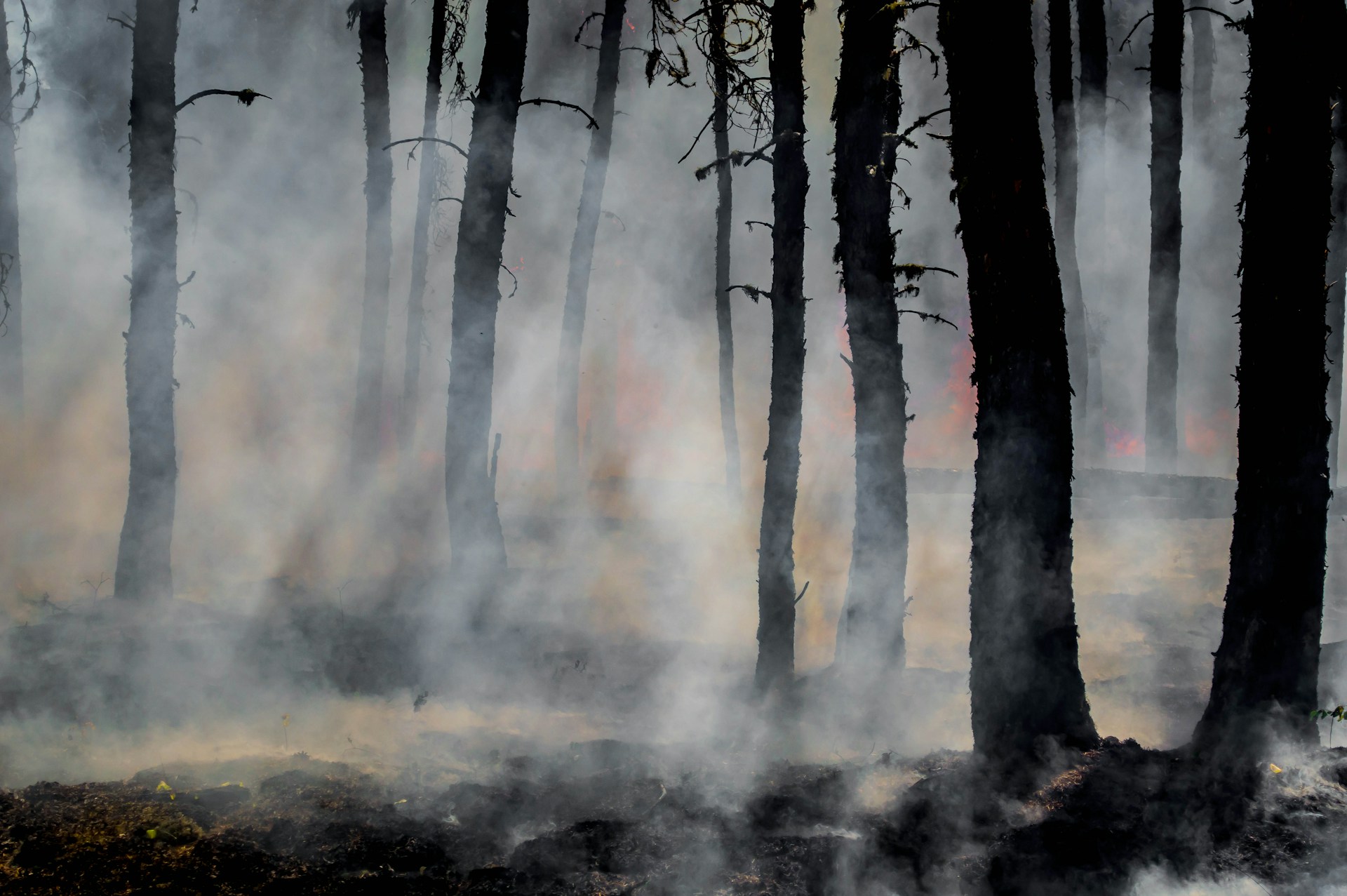The increase in wildfires raises the temperature of the Earth's surface
More frequent and severe wildfires increase the temperature of the exposed land surface one year after the fire, according to an analysis of forest satellite data collected from 2003 to 2016. In recent decades, large wildfires have doubled or tripled their average size in eastern Spain, Canada, and western United States, as noted in the research published in Nature. The authors call for consideration of these effects on surface temperature when managing forests.

Eduardo Rojas Briales - incendios calentamiento EN
Eduardo Rojas Briales
Lecturer at the Polytechnic University of Valencia and former Deputy Director-General of the FAO
Fire is a key element when considering the effects of forests on climate — basically carbon balance — and albedo. This paper analyses, through remote sensing, the short-term effects of extended fires in North America, Europe, Russia and Australia.
However, there are several aspects to take into account before like the time dimension of the conclusions of this paper; the unresolved issue of the albedo of forests and its dependency on latitude; the fact that not in all these areas — or even globally — forest fires would affect a rising in area during the past few decades despite a clear shift to bigger fires; the strong relation of the intensity of fires — at least in the US and Mediterranean Europe — with the systematic fire repression of all forest fires coincident with an extended active and passive land and forest management abandonment. A key conclusion of this paper centers on broadleaf species but does not clarify if it focuses on deciduous or evergreen ones, although this is major issue regarding fire behavior and albedo, as well as a climate-dependent variable (cooler climates: deciduous, warmer climates: evergreen).
In order to draw conclusions in such a complex and interlinked challenge, many scientific issues need to be integrated. Several critical issues are still unsolved, like the fact that more forest cover could increase the albedo while it would on the contrary reduce the heat retained at ground level, at least in low latitudes. In boreal forests, after a perturbance by fire, wind or insects, a pioneer phase of deciduous broadleaves lead by Betula (birch) follows, and later a more mature conifer phase succeeds. Forest management, if applied, can speed up the process by accelerating the development of conifers and later their growth through thinnings, strengthening the resilience of the trees. A strategy based on forcing the pioneer stage in the long term could be quite artificial, while the fire behavior of deciduous broadleaf species is just different to the conifers but also burnable in spring and early autumn in case of drought.
Jie Zhao et al.
- Research article
- Peer reviewed
- Modelling



